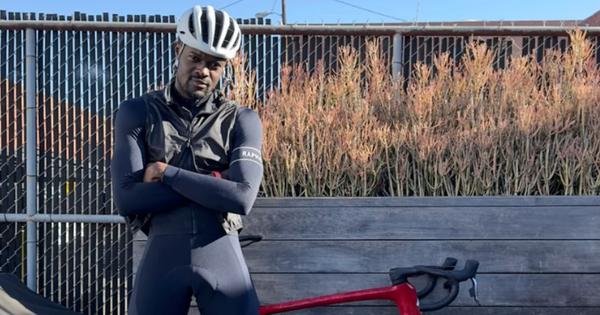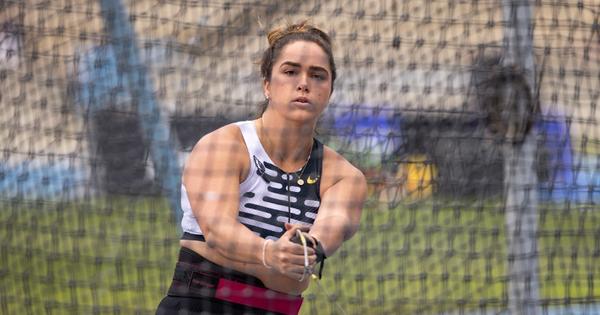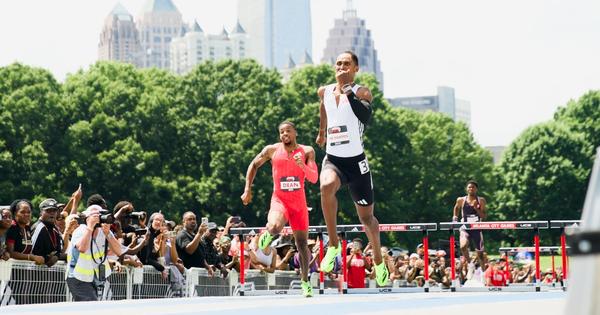By Paul Snyder
July 16, 2025
It must be July, because the sport everyone is talking about is… you guessed it, professional cycling.
The Tour de France answers the question no one was asking: “What if the Boston Marathon was three weeks long, and there were four races within the race, and also Americans mostly sucked at it?” The answer, somewhat confoundingly, is that it would be way more popular.
Reports vary widely as to how many people actually watch the Tour de France, but the general consensus is that it’s the second- or third-most watched sporting event in the world, behind the Olympics and the soccer World Cup. Which is crazy, because on paper it should be way more boring than the average track meet. It’s a 21-day, 100+ hour race featuring a predominantly European field of athletes, only about ten of whom will actually factor into the race’s four big prizes after the first week.
And yet, it’s wildly popular and crossover fans consistently remark about how much more compelling the average cycling broadcast is than even the best televised road race. Which means it’s worth contemplating what running can learn from cycling’s annual moment in the sun.
So what exactly does the Tour do so well that track and field could do better?
Tell stories about people, not technology.
Modern cycling is a sport that runs on cutting-edge technology. Every one of the 180 or so riders in the Tour is riding a five-figure bicycle fitted with a high-tech computer, fueling with laboratory-produced drinks and gels, and wearing another couple thousand dollars of apparel. And yet, TV broadcasters are rarely preoccupied with any of that, only occasionally referencing advancements in tech as a comparison to “the good ol’ days” or to kill a few minutes during a particularly uneventful stage.
Compare that to track and field media, where we’re obsessed with the nuts and bolts of performance. Every breakthrough performance comes accompanied by asterisks about shoe plates, or pacing lights, or bicarb mixtures. Track and field fans seem determined at times to let the science of running overwhelm its soul. Not only is it too boring and nerdy for the casual fan; it detracts from the most emotionally resonant part of the sport: the athletes actually wearing all the tech.
Who you root for in cycling is truly dependent on your perception of the athletes’ strengths, personalities, backstories, and narratives. Jonas Vingegaard, the 2022 and 2023 champ, was the epitome of the steely-cold Goliath who everyone wanted to take down—until he got in a terrible crash three months out from the 2024 Tour and the angle flipped to Jonas, the scrappy underdog on the comeback, taking on a seemingly-invincible Tadej Pogačar. “Pogi” is, on paper, an easy villain as the top cyclist in the world bankrolled by the wealthiest team, but his goofy media presence, “shark fin” hair, and sweet relationship with fellow cycling pro Urška Žigart humanize and endear him to legions of fans. But when picking sides in the Grand Tour’s grandest rivalry, no cycling fan is ever asking “but what shoes is he pedaling with?”
Lean on the visual experience.
Another cool thing the Tour does: top riders are given special jerseys to wear throughout the event. The yellow kit (pink in the Giro D’Italia and red in La Vuelta) is a dramatic and indelible image associated closely with a Grand Tour’s visual brand—and it’s easy to spot in a crowd. Any previous world champ—no matter how presently washed—gets to wear a kit with a rainbow armband. National champions get to wear special kits as well. The U.S.’s star-spangled version (plus its owner’s absurd hair-and-mustache combo), is particularly striking.
In track and field, sponsors have trotted out special singlets for reigning World and Olympic champs before, but without some level of coordination between sporting goods companies, or a mandate from World Athletics, we’re not getting something as cool as cycling’s earned kit system. And beyond that, the cycling world has embraced something the track and field community has yearned for for years: bright, visually distinct team kits making it easy to pick out aligned riders in a crowd, unlike the sea of identical Nike and adidas kits that often take over Diamond League races.
There are two critical visual elements the Tour offers that track and field can’t easily crib, however: the French countryside and dramatic crashes. The most aesthetically pleasing part of and the potential for a high-speed crash is an unenviable, but unavoidable, element of peloton racing that adds inherent tension to any bike race. We can’t really recreate those elements organically in track and field, but the lesson here is that packaging a long, monotonous event alongside aesthetically pleasing and/or exciting visuals certainly helps add allure.
Don’t shy away from negativity.
Netflix’s popular Unchained docuseries, which has the same producers as SPRINT and just dropped its third and final season last week, is a fantastic companion product for the burgeoning cycling fan. It succeeds fully where SPRINT does only partially. And a big part of that is that, frankly, cycling is full of petty drama and whining.
Unchained spends a lot of time talking about the gulf between the haves and have-nots of cycling teams and the challenges of riding on a small budget. It features shouting, finger-pointing, and tears when a race goes poorly. It’s full of French-accented expletives—both in joy and in frustration—from the mouths of the coaches driving alongside their athletes at arguably-unsafe speeds. Unlike track and field, cycling media appears to feel no burning desire to always be positive and inspiring, and as a result, it feels more real (the big exception of course, being any discussion of the impact doping has on the sport, which is glazed over fairly quickly in the series).
Ultimately, making track and field more similar to cycling feels like a fool’s errand. The closest we could conceivably come in form would be a multi-day, hundreds-of-miles-long, team-based trail race. Stage-based ultras do exist, like the Transrockies Run, but like the majority of events in the trail and ultra world, it’s hardly optimized for viewership.
The more valuable lessons here are not about the format of the race itself, but the framing. Cycling insists upon its own value and cultural identity, embracing all the things that make it unique. Its broad popularity instead hinges on centering universal elements: the excitement, drama, and beauty of the event and the athletes contesting it… which exist in one form or another on a red oval in Eugene, Oregon, as well as deep in the French Alps.

Paul Snyder
Paul Snyder is the 2009 UIL District 26-5A boys 1600m runner-up. You can follow him on Bluesky @snuder.bsky.social.




